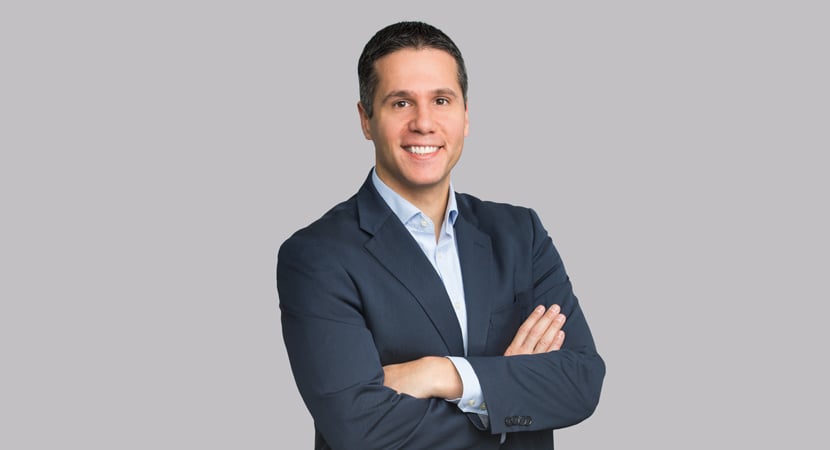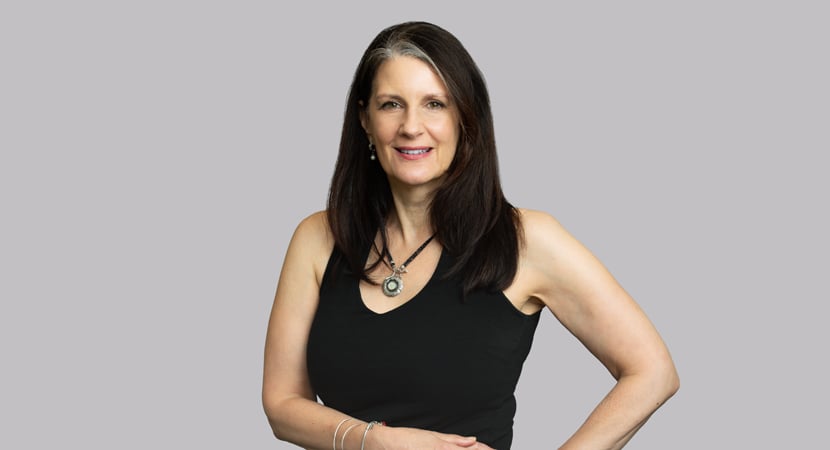Holding that Copyright Act requires works to be authored by human beings to be eligible for copyright protection, D.C. Circuit Court affirms district court’s decision upholding Copyright Office’s denial of copyright registration for visual art generated solely by artificial intelligence.
Computer scientist Stephen Thaler developed an artificial intelligence (AI) program called the Creativity Machine, which he used to produce a two-dimensional visual work of art titled “A Recent Entrance to Paradise.” In his application to register the work with the U.S. Copyright Office, Thaler identified the Creativity Machine as the sole author and himself as the copyright claimant. The Copyright Office denied Thaler’s initial application and his request for reconsideration, finding that copyright protection extends only to works created by human beings. The Copyright Review Board subsequently affirmed the denial of registration. (Read our summary of the Copyright Review Board decision here.)
Thaler challenged the denial of his application by filing an action in the U.S. District Court for the District of Columbia pursuant to the Administrative Procedure Act. The district court affirmed the Copyright Office’s denial of Thaler’s application, holding that “human authorship is an essential part of a valid copyright claim.” (Read our summary of the district court’s decision here.) On Thaler’s appeal, the U.S. Court of Appeals for the D.C. Circuit affirmed the district court’s decision. The appeals court similarly held that the Creativity Machine cannot be recognized as an author because the Copyright Act of 1976 requires works to be authored in the first instance by a human being.
The court reviewed various statutory provisions in the Copyright Act identifying authors as human beings. For example, the Copyright Act’s ownership provision presupposes the author’s legal capacity to hold property. The Copyright Act also calculates the duration of copyright with reference to an author’s “life.” The court pointed to other provisions of the Copyright Act that require authors’ signatures for copyright transfers and that refer to an author’s surviving spouses or heirs, an author’s “nationality or domicile,” and joint authors’ “intention” in merging their contributions into a single work. As the court concluded: “Machines do not have property, traditional human lifespans, family members, domiciles, nationalities, mentes reae, or signatures. By contrast, reading the Copyright Act to require human authorship comports with the statute’s text, structure, and design because humans have all the attributes the Copyright Act treats authors as possessing.”
Other historical indicators reflecting “the state of play” at the time Congress enacted the Copyright Act of 1976 reinforce the notion that it contains a human authorship requirement, the court held. In 1973, the Copyright Office formally adopted that requirement, updating its regulations to state that works must “owe their origin to a human agent.” And in 1974, Congress created the National Commission on New Technological Uses of Copyrighted Works, which issued a final report in 1978 stating that “there is no reasonable basis for considering that a computer in any way contributes authorship to a work produced through its use.”
Thaler argued that adhering to the human authorship requirement wrongly impedes the protection of works made with AI. But the court rejected this argument, noting that copyright law had evolved over time to protect new technologies such as photography, sound recordings, video recordings and computer programs. That evolution, however, has been at the direction of Congress, “not through courts giving new meaning to settled statutory terms,” the court stated. In any event, the court noted, the Copyright Office does, in fact, permit registration of some works made by human authors who use AI, depending on how the AI tool operates and how it was used to create the work—but not, as in Thaler’s case, where the AI tool is itself listed as the sole author.
Thaler raised two alternative arguments as to his own authorship of the work. He argued first that he should be considered the author under the Copyright Act’s work-for-hire provision, on the theory that the Creativity Machine is his employee. But as the court noted, the human authorship requirement necessitates that all works be created in the first instance by a human being, including those who make works for hire. Thaler also argued that he is the work’s author because he made the Creativity Machine and subsequently used it to create the work. But the court declined to consider that final argument because the district court had found that Thaler waived it by not raising it before the Copyright Office and then failed to substantively challenge the district court’s finding of waiver on appeal.
Summary prepared by Frank D’Angelo and Alex Loh
-
 Partner
Partner -
 Associate
Associate
)






